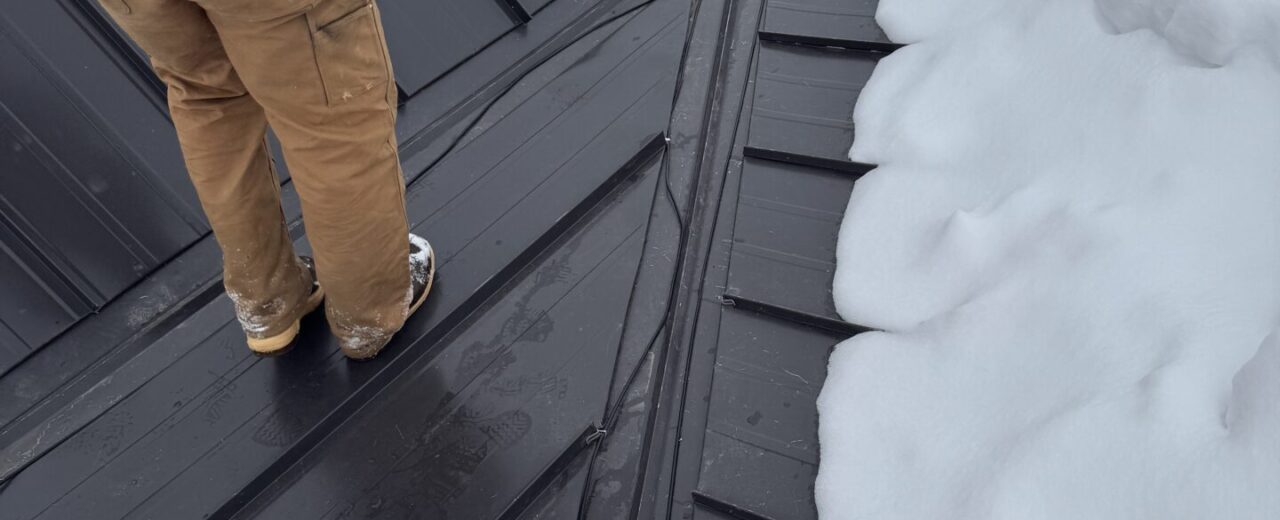Colorado winters are renowned for their stunning snowy landscapes, but the cold season can take a toll on roofing materials. The unique climate of Colorado—with heavy snowfalls, frequent freeze-thaw cycles, intense sunshine, and strong winds—presents specific challenges to roofs. Understanding these challenges can help homeowners protect their investment and maintain the structural integrity of their homes.
One primary issue roofs face during Colorado winters is the weight of accumulated snow. Heavy snowfall can place significant stress on roofing materials and the underlying structure. Roofs that are inadequately designed or older and deteriorating may suffer damage or even collapse under substantial snow loads. Materials like asphalt shingles, especially those that are older, can become brittle in freezing temperatures, making them more susceptible to cracking under the weight of snow.
Freeze-thaw cycles are another damaging aspect of Colorado winters. These cycles occur when snow melts during warmer daytime temperatures and refreezes at night. The repeated melting and freezing of water can infiltrate small cracks or gaps in roofing materials, gradually widening them and leading to leaks and interior damage. Materials such as asphalt shingles, wood shakes, and even certain metal roofs are particularly vulnerable to damage from these cycles if not properly maintained or installed.
Additionally, ice dams pose a significant risk during Colorado winters. Ice dams form when melted snow refreezes at the roof’s edge, causing water to back up under shingles. This trapped water can penetrate roofing materials, leading to leaks, mold growth, and structural deterioration. Roofing materials with inadequate insulation or ventilation are more susceptible to ice dams, making proper roof maintenance and preparation essential.
Strong winds are common throughout Colorado, particularly in mountainous areas and along the Front Range. During winter, wind speeds can increase significantly, potentially tearing away shingles, tiles, and flashing. Metal roofs are typically more resilient against high winds, but even these can suffer damage without proper installation or regular maintenance checks.
The intense Colorado sun, even during winter months, also significantly impacts roofing materials. Ultraviolet (UV) rays accelerate the aging process of roofing materials, making shingles brittle and reducing their lifespan. Combined with freeze-thaw cycles, this sun exposure can cause materials to deteriorate rapidly, requiring earlier replacement or frequent repairs.
To protect roofing materials against the harsh Colorado winters, homeowners should consider regular roof inspections, particularly before winter arrives. Professional roofers can identify vulnerable spots, repair minor damage, and recommend suitable upgrades such as impact-resistant shingles, metal roofing, or improved attic insulation and ventilation systems.
In conclusion, Colorado winters place considerable strain on roofing materials due to heavy snow loads, freeze-thaw cycles, ice dams, high winds, and intense sunlight. Homeowners who proactively maintain their roofs and invest in durable, weather-resistant materials can mitigate these effects, prolonging the lifespan of their roofs and safeguarding their homes against the demanding Colorado climate.


